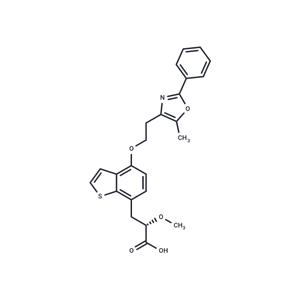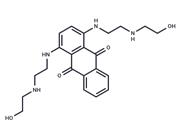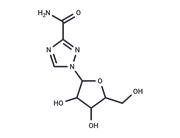| Name | Aleglitazar |
| Description | Aleglitazar (R1439) (R1439) is a potent dual PPARα/γ agonist, with IC50s of 38 nM and 19 nM for human PPARa and PPARγ, respectively. Aleglitazar can be used for the research of type II diabetes. |
| In vitro | Aleglitazar exhibits species selectivity for PPARα, with EC50 values of 50 nM, 2.26 μM, and 2.34 μM for human, rat, and mouse PPARα, respectively[1]. At concentrations of 0.01-40 μM (12-48 hours), aleglitazar does not significantly increase lactate dehydrogenase (LDH) release at 0.1-20 μM but shows significant increases at 30 μM and 40 μM[2]. Additionally, aleglitazar (0.01-20 μM; 48 hours) decreases hyperglycemia (HG, glucose 25 mM)-induced apoptosis, caspase-3 activity, and cytochrome-C release, while improving cell viability in hyperglycemic conditions[2]. |
| In vivo | Aleglitazar (0.3-3.0 mg/kg; i.p.; daily; for 7 days) exerts beneficial effects on structural and functional outcomes of mild brain ischemia, reduces key aspects of microglia activation including NO production, release of proinflammatory cytokines, migration, and phagocytosis, and attenuates inflammatory responses in the post-ischemic brain[3]. |
| Storage | Powder: -20°C for 3 years | In solvent: -80°C for 1 year | Shipping with blue ice. |
| Solubility Information | DMSO : 45 mg/mL (102.9 mM)
|
| Keywords | RO-0728804 | RO 0728804 | Aleglitazar | R-1439 | R 1439 |
| Inhibitors Related | PHYTOL | Daidzein | Gemfibrozil | Fenofibrate | Pioglitazone hydrochloride | 5-Aminosalicylic Acid | Naringenin | Fisetin | 2,3-Butanediol | Icariin |

 United States
United States



